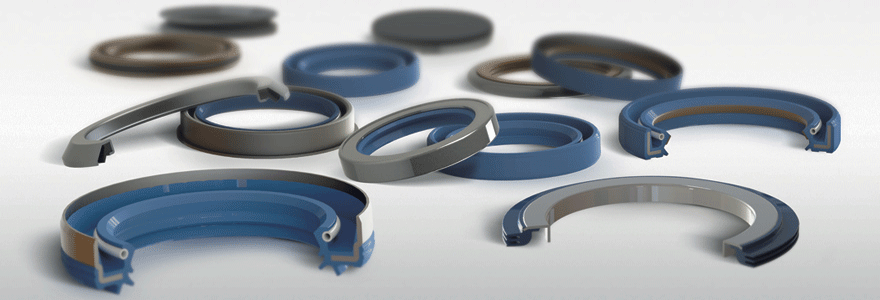Reasons for failure of PTFE gasket oil seal: too large clearance, too high working pressure, temperature, not smooth sealing surface, unfairly required accuracy.
1. Teflon gasket oil seal clearance is too large
During work, under the action of oil pressure or air pressure, a part of the PTFE seal ring is squeezed into the gap and bears scissors. It is easily torn when the pressure is high.
2. The working pressure of the PTFE gasket oil seal is too high or pulsating
If the pressure is too large, the PTFE sealing ring will squeeze into the gap more and increase its grinding and cutting. Intensified oil pressure pulsation will increase the frequency of cutting the PTFE ring and cause fatigue cracks.
3. The working temperature of the PTFE gasket oil seal is too high
The rubber becomes softer, the elasticity becomes worse, the contact pressure with the sealing surface is reduced, the sealing performance becomes worse, and it is easily damaged, which will accelerate the aging. If the working temperature is too low, the rubber will become hard and brittle, and cracks will easily occur, especially under the action of scissors.

4. The sealing surface of the PTFE gasket oil seal is not smooth
The rougher the sealing surface, the faster the wear.
5. The material and dimensional accuracy of the PTFE gasket oil seal are unfairly required
Different materials of rubber seals have different characteristics. Some are not heat-resistant, oil-resistant, cold-resistant, etc. If they are mixed with each other during use, the PTFE ring will work in an unfavorable environment and be damaged in advance. If the interference is too large or too small, the tightness will deteriorate.
Post time: Aug-12-2020

